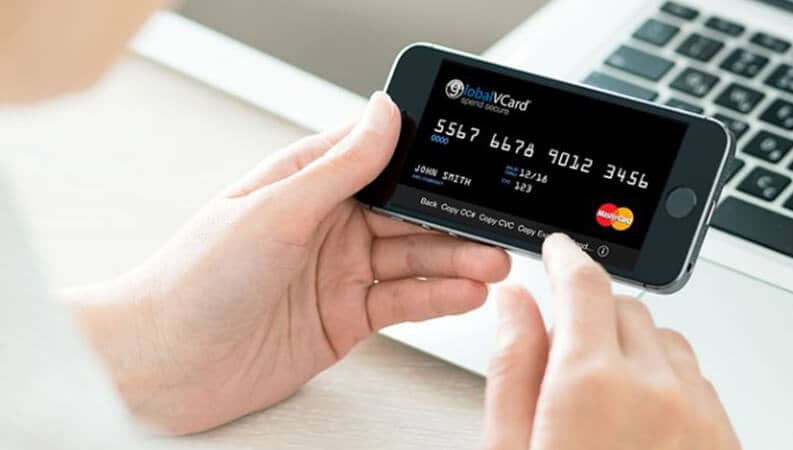In a cashless society, customers are still challenged to move money to their friends and family members. Whether friends are splitting the cost of a pizza or borrowing money from each other, there’s a growing need to get money from one bank account to another without using a credit card or personal check.
Services like PayPal have so far dominated the personal payments space, with new entrants like Venmo and Tilt gaining small, specialized customer bases. But as the face of payments continues to change, businesses are lining up to be the first to revolutionize the way people pay each other. Bank of America and Wells Fargo both allow customers to transfer money to friends using either a mobile number or email address. But banks and app developers aren’t the only ones interested in capitalizing on this growing consumer demand.
Apple’s New Patent
The buzz about a text-based payment system began with Apple filing a patent for a “User Interface for Payments” late last year. The service would allow Apple users to make a payment to anyone by simply pushing a button that says “Make Payment” within the messenger app. Since this transfer will likely work through the phone’s mobile wallet, both parties may be required to have their debit cards registered to make the transfer complete.
Apple CEO Tim Cook hinted at the direction technology would be making in a question-and-answer session last year at Trinity College Dublin. He told students that their children likely wouldn’t know what money is, as cash moves aside in favor of electronic funds transfers. With just one tap on a smartphone or smartwatch, customers can already pay for items at a variety of retail outlets and adoption of mobile payments is expected to continue to grow.
Existing Options
Apple is far from first to market on this technology, with both Facebook andGoogle already offering payments through their services. Google’s payment option is part of its Google Wallet service, which allows customers to pay for items in a variety of locations. Using Google Wallet, customers can now send money using an email address or phone number, with recipients cashing out using a debit card. Customers can also use the money toward purchases on sites that accept payments through Google Wallet.
The issue with Facebook’s payment offerings is making customers aware it exists in the first place. The payment option is hidden under the “more” drop-down box when messaging someone through the app. To pay, customers add a debit card and create a PIN, which provides an additional layer of security during future transactions. As with many of the other services, Facebook doesn’t charge a fee for its peer-to-peer payments, making security the only real concern for customers who know the service is available.
Fee-Free Processing
For Apple and any others moving into this space, cost will be a sticking point. With so many competing services offering debit card-based transfers for free, Apple and other companies will feel pressured to offer no-fee transfers, as well. Customers are unlikely to pay a couple of dollars to send $20 to a friend when they can use a service like Facebook Messenger or PayPal to send the money for free.
Unfortunately, credit card payments always come with a fee, charged by the credit card companies and payment processing providers. Debit card use comes with increased security risks, since experts caution that a compromised debit card means an account can be wiped out in mere hours, leaving cardholders to file a dispute to get the money restored. If customers are already concerned about storing card information in an app that could suffer a breach, this risk may bring additional concerns. Apple allows customers to store either a credit or debit card in their wallets, so there may be additional information coming on what fees will be involved, if any.
As the race to win the payment wars continues, the question isn’t whether text-message payments are the future. The question is how and when we’ll be sending those payments. Customers will soon be able to put an end to trips to the ATM and pay for everything using their favorite messenger app or their phone’s payment service. The result will be a cashless society where money can be transmitted with just a few taps on a smartphone screen.



